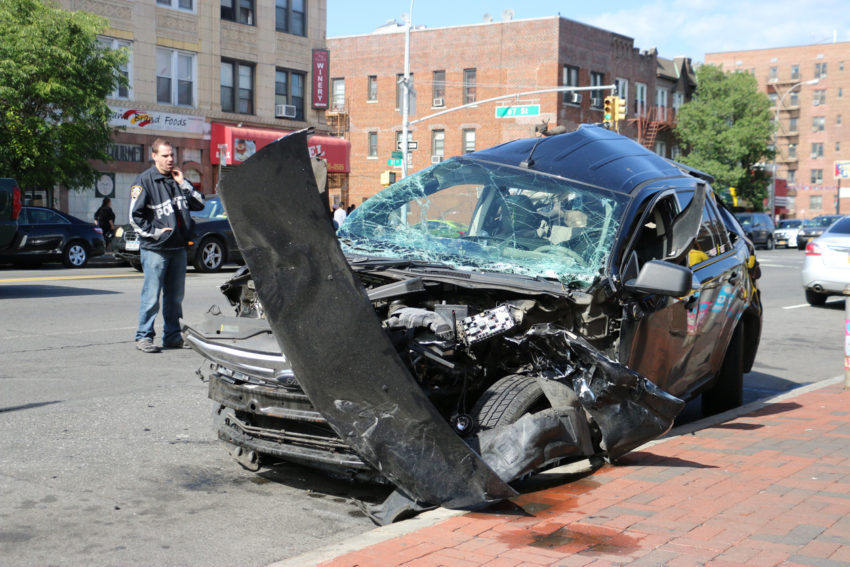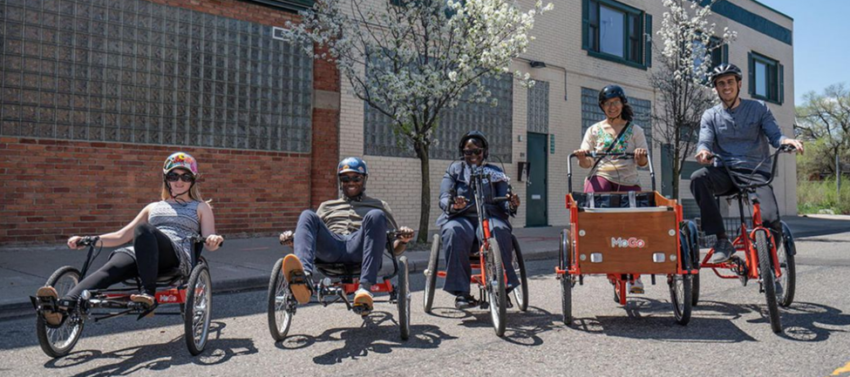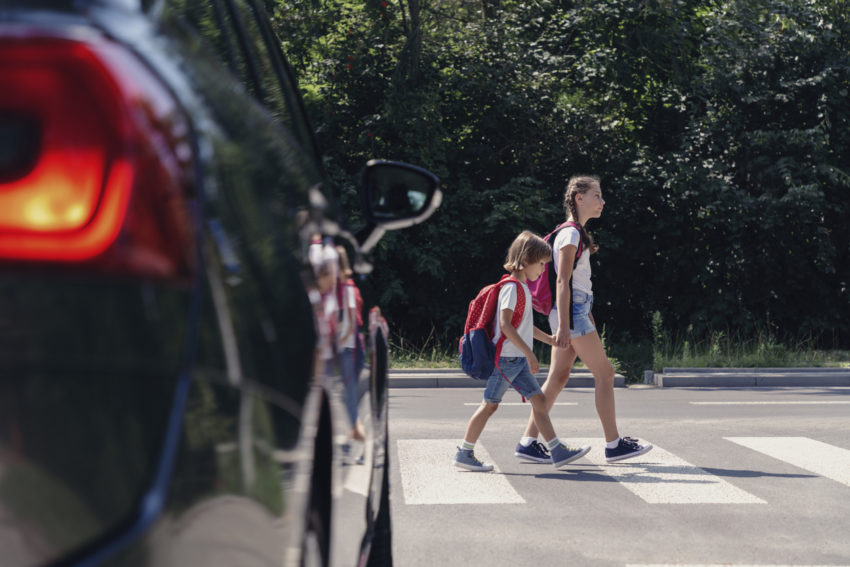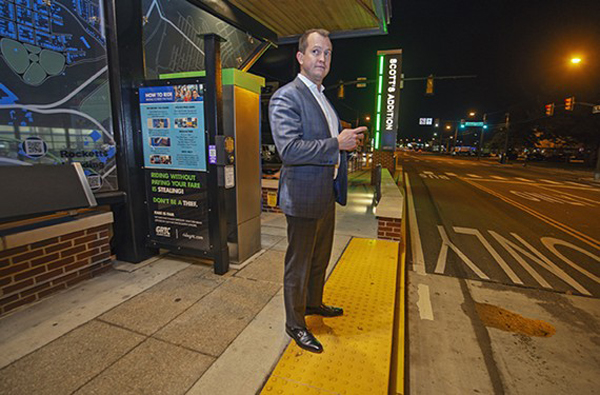Comment Now: Stop the Return of Redlining & Speak Up for Transit!
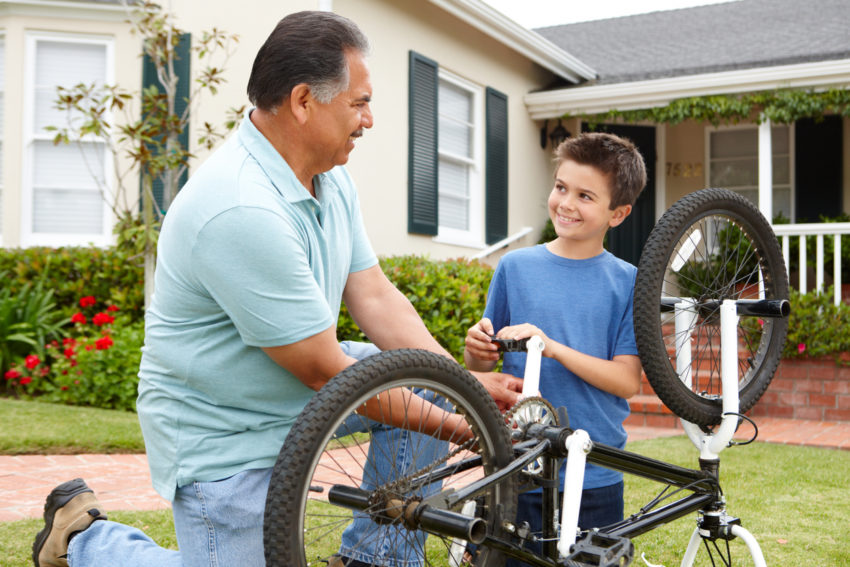
Proposed changes to the Community Reinvestment Act (CRA) could bring back redlining, relax affordable housing definitions, and reduce the number of bank loans, investments, and services in low- and moderate-income communities and those of color, experts say. The CRA was developed in 1977 to curb redlining—discriminatory lending—and push banks to better serve communities. Now, federal agencies are proposing changes to modernize the complex law. But housing advocate Miriam Axel-Lute and others worry it weakens the CRA and is a “clear invitation to return to redlining.” “In addition, some investments in infrastructure and sports stadiums in low- and moderate-income communities would now qualify for CRA credit without any requirement that they primarily benefit low- and ...
Read More


